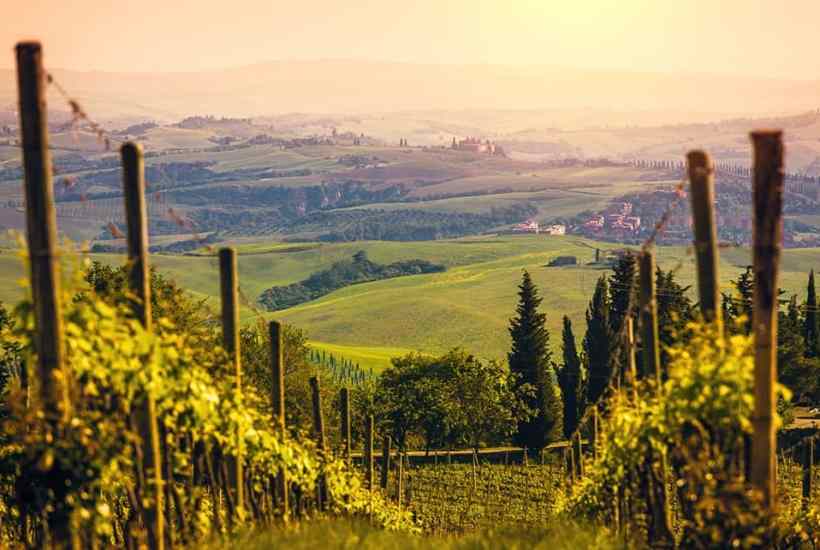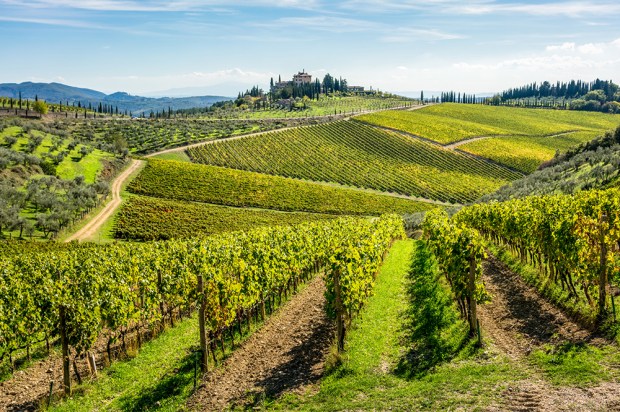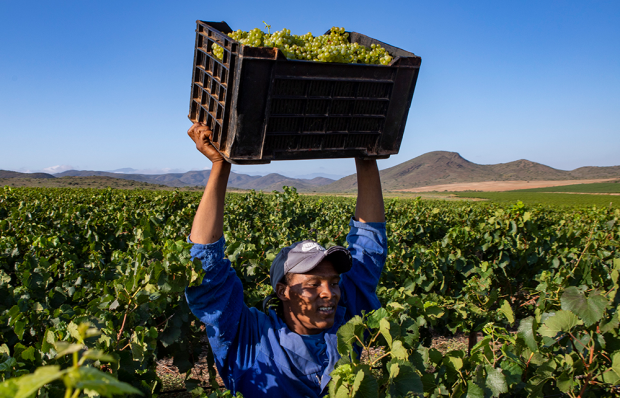Amid the grandeur of old Edinburgh, in the lee of the castle, is one of the finest buildings in Scotland: George Heriot’s School. But Heriot’s is more than an architectural gem. It is an epitome of Scotland as it used to be, before the Scottish esprit de corps succumbed to kailyard grievance-mongering under the rule of Sturgeon the tricoteuse and her Nationalist administration.
George Heriot, ‘Jingling Geordie’ as he was nicknamed after the coins supposedly jingling in his pockets, was one of many Scotsmen who went south to make their fortune after the Union of the Crowns in 1603. ‘The noblest prospect a Scotsman ever sees is the high road… to England’ applied then as well as in Dr Johnson’s time. Heriot served as a goldsmith and banker to James the Sixth and First and also as a court jeweller to his Queen, Anne of Denmark. He prospered mightily, but did not forget his native land.
He endowed a school. Like Eton, it was intended to succour the poor. Like Eton, it evolved, though not to the same heights of grandeur. Although Heriot’s has always made special provision for clever orphans, it also educates children from the burgess class.
Heriot’s most distinguished living alumnus is James Mackay, KT, sometime Lord Chancellor. Rarely has anyone combined such intellect with such a sweetness of nature. But the school sends lots of able youngsters into the world: these days, including girls.
One Herioter, Grahame McGirr, is a successful banker, who also found time to serve in the Honourable Artillery Company. A few years ago, he helped to sort out the Co-op Bank. Perhaps he should be let loose on the Scottish ‘government’. He had always been interested in wine and Italy and suddenly, the two came together.
Montepulciano, within 14th-century walls, is a medieval hill-town near Siena. It embodies all the graciousness and pastoral delights of Tuscan civilisation. The title of the film La Dolce Vita was a sarcastic commentary on modern Italy’s civic and political failure. But in Montepulciano, dolce vita is how they live.
They have grown wine since Etruscan times. Grahame and his brother Steven were offered a 130-acre property, which included 20 acres of vines, plus a charming house, some of which is now everything a country house hotel should be: a harmony of ease, style and rustic charm. Gazing at the Tuscan landscape from an infinity pool: there are worse ways to relax.
Some aspects of the estate had been run down. Investment and hard work are now bearing fruit. The other day I tasted some of the wines, under the label Casa M. A cabernet sauvignon was a good entry-level wine, while a merlot had power as well as finesse. When the quality of the harvest permits, those grapes are combined to produce Mackle, a ‘super Tuscan’, which spends two years in French oak, and is not yet available on the market. It will be, and will launch con brio. The McGirrs do not lack ambition.
In Montepulciano, that must lead on to Vino Nobile, and the Casa M 2018 was a very serious bottle, with a perfect balance of fruit and tannins. Only just ready, it will keep for years. The brothers have a simple aim: to produce a Vino Nobile of the highest quality, which will add lustre to a great name. They are well on the way to success. If Edinburgh is the Venice of the North, Casa M will be the Edinburgh of the South.
Got something to add? Join the discussion and comment below.
Get 10 issues for just $10
Subscribe to The Spectator Australia today for the next 10 magazine issues, plus full online access, for just $10.
You might disagree with half of it, but you’ll enjoy reading all of it. Try your first month for free, then just $2 a week for the remainder of your first year.















Comments
Don't miss out
Join the conversation with other Spectator Australia readers. Subscribe to leave a comment.
SUBSCRIBEAlready a subscriber? Log in